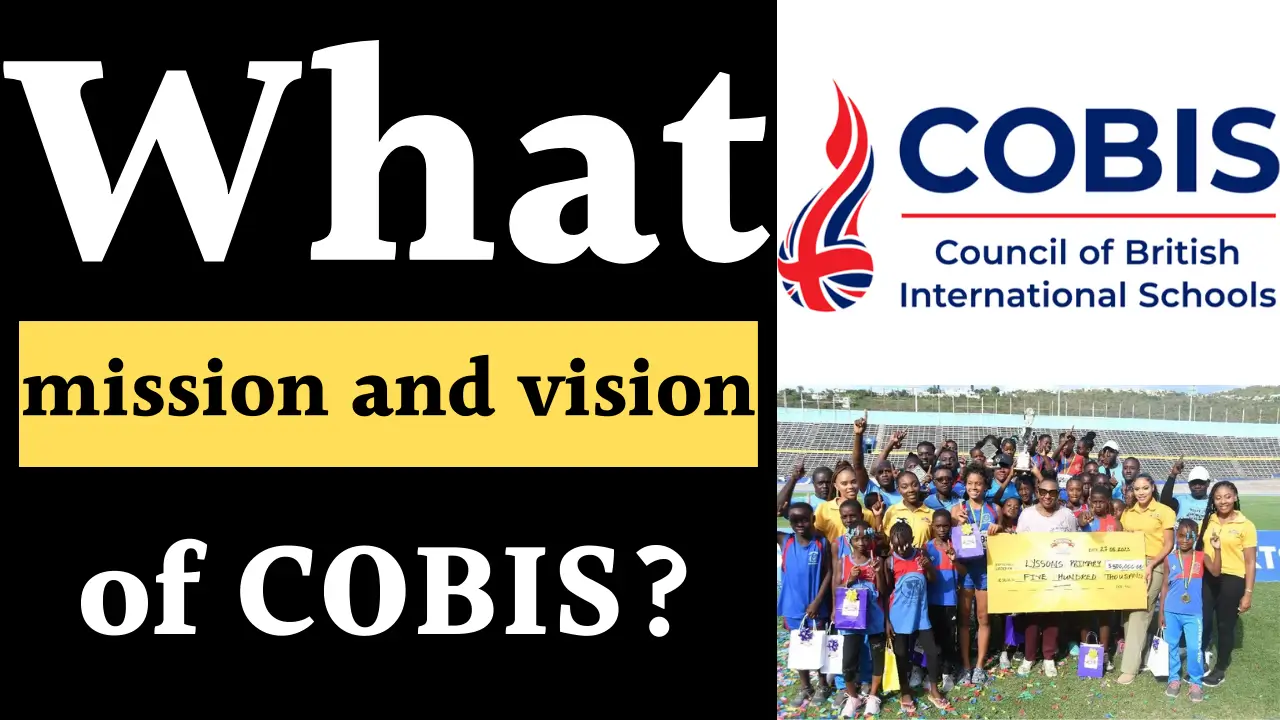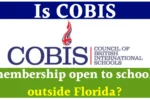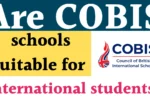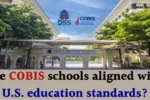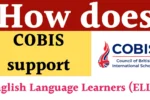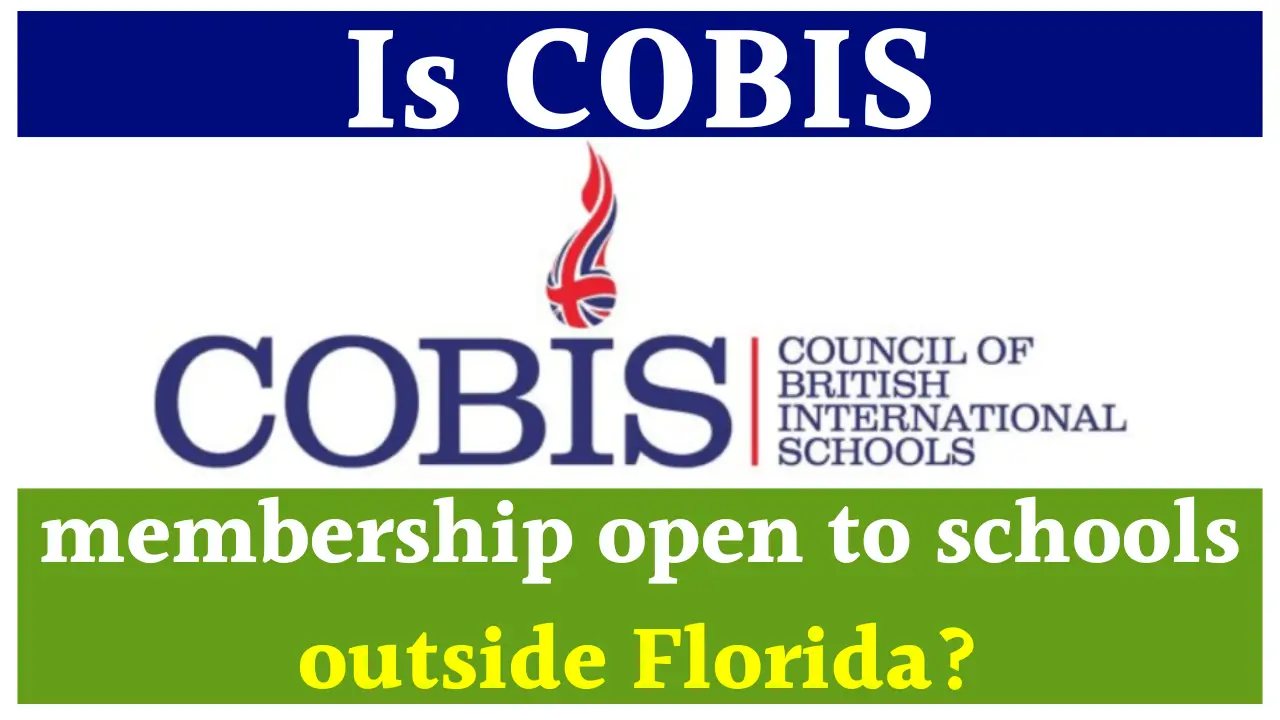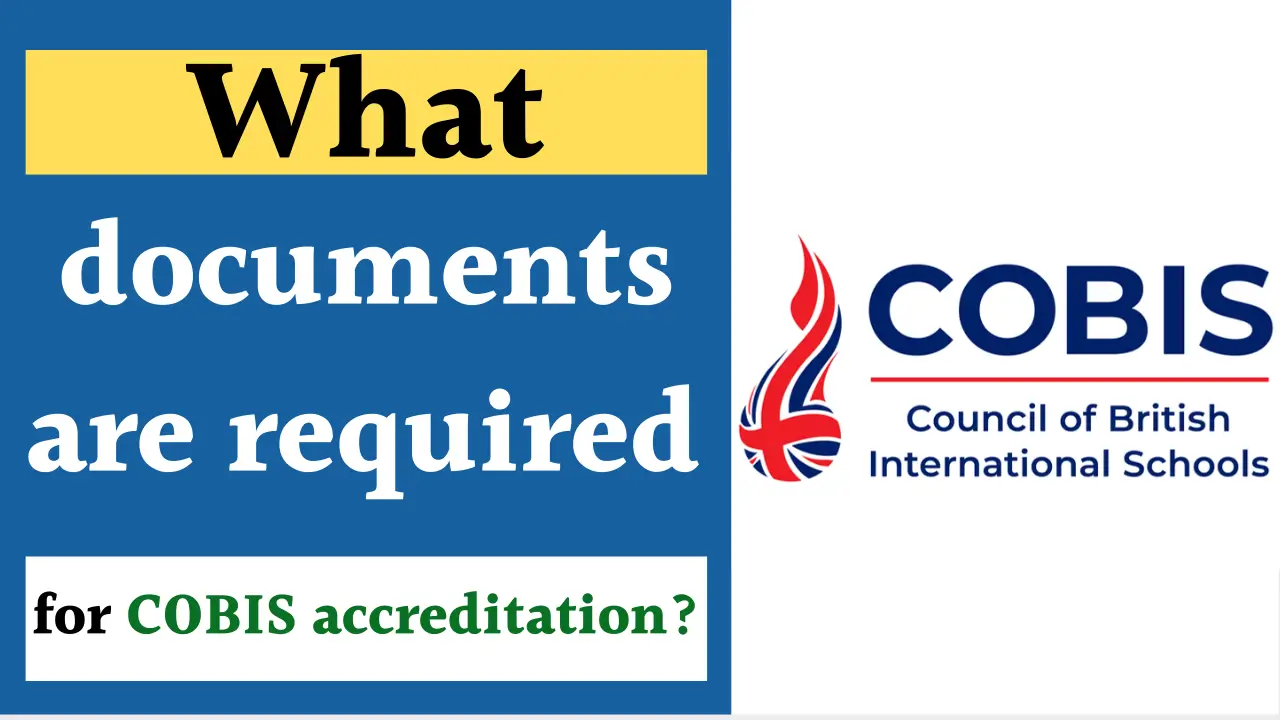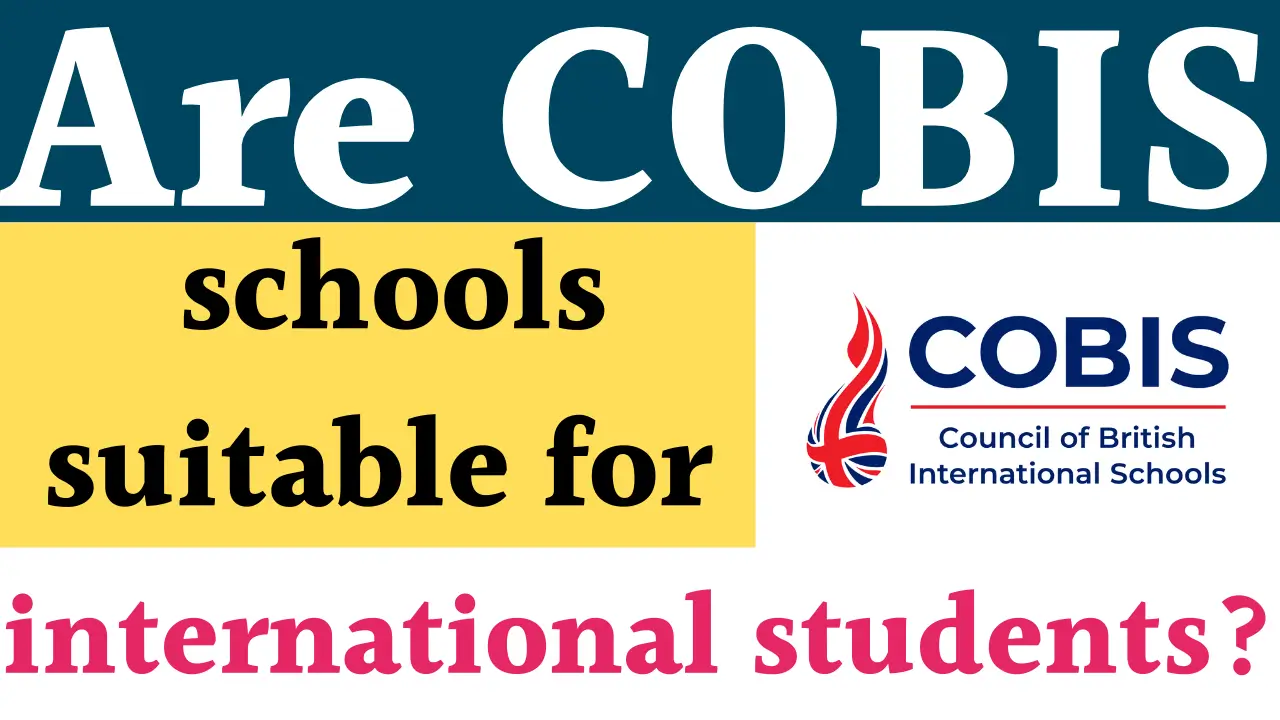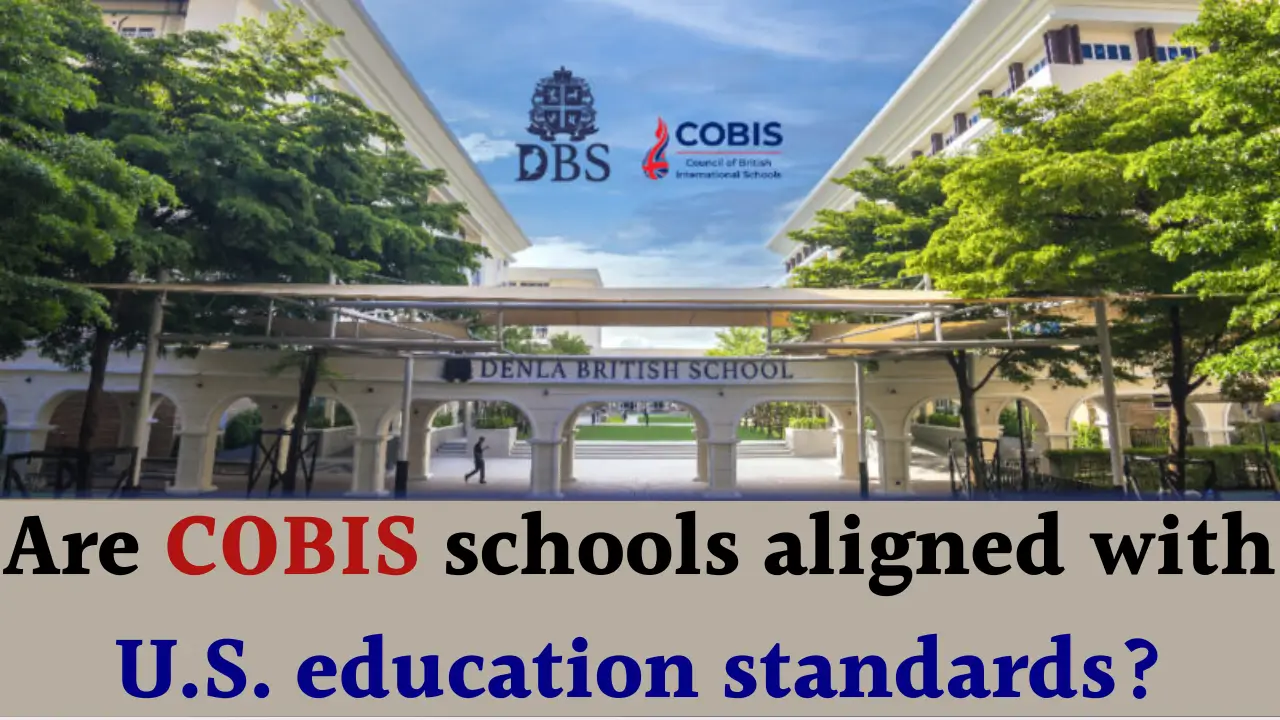COBIS schools, which represent the Council of British International Schools, are renowned for their high-quality education delivered through the English national curriculum while incorporating a strong emphasis on bilingual learning, multicultural awareness, and international perspectives. Subjects taught bilingually in COBIS schools typically combine the host country’s language and culture with English-medium instruction, ensuring that students become proficient in both languages and can thrive globally.
Understanding Bilingual Education in COBIS Schools
Bilingual education in COBIS schools is designed to foster fluency in English while promoting proficiency in the language of the host country, which might be Portuguese, Chinese, Spanish, French, or others depending on the location of the school. This dual approach to language instruction is embedded across a wide range of academic subjects.
Core Subjects Commonly Taught Bilingually
The most frequent subjects offered in a bilingual mode at COBIS schools include:
- Mathematics
- Science (including Biology, Chemistry, Physics)
- Humanities (Geography, History)
- Languages (English, host-country language, and additional foreign languages)
- Social Studies
- Arts and Design
- Physical Education
These subjects generally adhere to the National Curriculum for England while also reflecting the local curriculum requirements and cultural context.
Table: Bilingual Subject Offerings in COBIS Schools
| Subject Area | English-Medium Content | Local Language Content | Typical Integration |
|---|---|---|---|
| Mathematics | Yes | Yes | Explanations, tests, projects in both languages |
| Science | Yes | Yes | Dual language labs and assessments |
| Humanities | Yes | Yes | Local history/geography in both languages |
| English Language/Lit. | Yes | No/Optional | Focus on English skills |
| Local Language/Lit. | No/Optional | Yes | Mandatory host-country curriculum |
| Arts and Design | Yes | Yes | Art history and project descriptions bilingual |
| Social Studies | Yes | Yes | Cultural topics in both languages |
| Physical Education | Yes | Yes | Instructions in both languages |
Key Features of Bilingual Learning in COBIS Schools
- Dual Curriculum: Many COBIS schools implement both the British and local national curriculum, ensuring bilingual delivery across subjects where possible.
- Bilingual Teaching Staff: Teachers are often fluent in both English and the host-country language; lessons frequently alternate or blend both languages.
- English as an Additional Language (EAL) Support: With over 60% of students at many COBIS schools being non-native English speakers, specialized support in English and bilingual teaching strategies are emphasized.
- Intercultural Emphasis: Beyond language, curricula are shaped to build cultural understanding and international-mindedness, with projects or topics contextualized in both English and the local language.
Recent Developments and Updates (2024–2025)
- Many COBIS schools are expanding bilingual programs to additional subject areas and deepening integration with local educational requirements.
- Professional learning and teacher training courses on bilingual and multilingual instruction have been enhanced, responding to the growing diversity and language needs in the student population.
- There is a continued focus on updating resources and classroom strategies for neurodiversity and inclusive bilingual learning environments.
- Schools are increasingly leveraging digital technologies to enrich bilingual education through e-learning tools and AI-enhanced platforms.
Typical Bulleted Overview of Bilingual Provision
- British curriculum subjects delivered in both English and the local language where possible
- Local language and literature as compulsory subjects
- Topics in science, maths, and humanities often presented bilingually
- EAL support for non-native English speakers
- Training and workshops for staff on bilingual pedagogy
- Cultural celebrations and projects integrated into daily learning in both languages
- Regular language proficiency assessments to monitor progress in both English and the host-country language
Conclusion
In summary, COBIS schools provide a comprehensive bilingual curriculum by blending British educational standards with the language, culture, and academic requirements of the host country. This dual approach equips students with not only academic excellence but also the linguistic and cultural skills needed to succeed in a global environment. As international education continues to evolve, COBIS schools remain at the forefront through enhanced bilingual offerings and continual updates to professional teaching practices.

